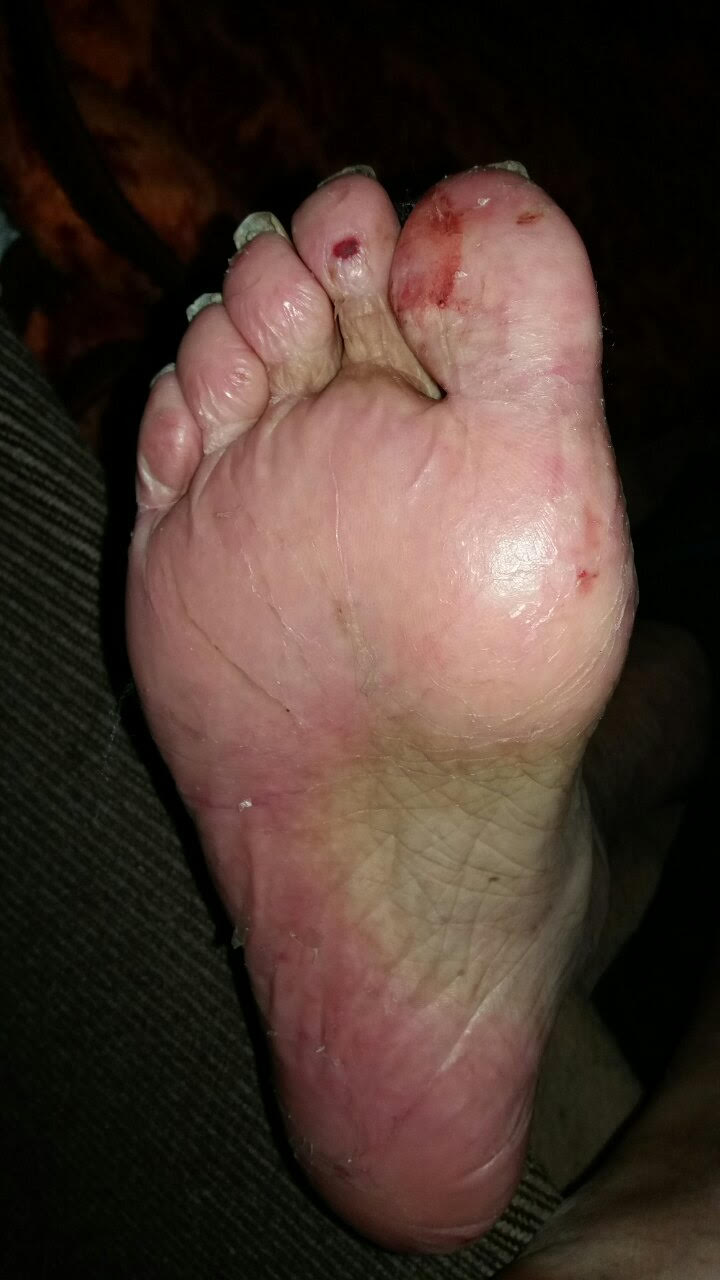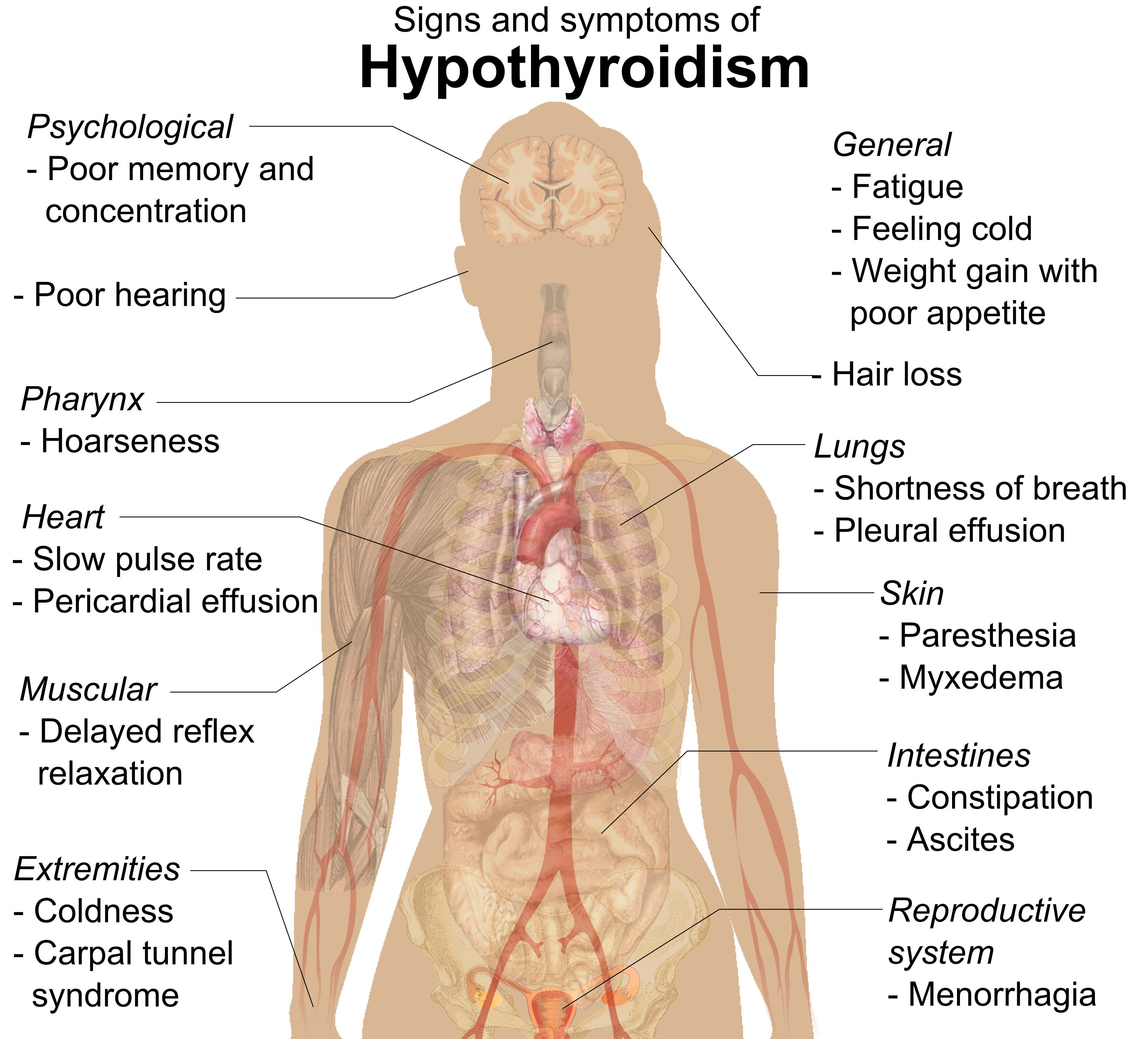|
Burning Feet Syndrome
Burning feet syndrome, also known as Grierson-Gopalan syndrome, is a medical condition that causes severe burning and aching of the feet, hyperesthesia, and vasomotor changes of the feet that lead to excessive sweating. It can even affect the eyes, causing scotoma and amblyopia. The condition occurs more frequently in women, and usually manifests itself when a person is between twenty and forty years old. Presentation The burning heat is usually limited to the soles of the feet, but may extend up to the ankles or lower legs of some patients. The burning can sometimes be accompanied by feelings of 'pins and needles' or tingling in these regions. Nighttime is when almost all people with this syndrome report the heat symptoms being the worst, with the condition getting better as morning comes. Those who have psychosomatic A somatic symptom disorder, formerly known as a somatoform disorder,(2013) [...More Info...] [...Related Items...] OR: [Wikipedia] [Google] [Baidu] |
Hyperesthesia
Hyperesthesia is a condition that involves an abnormal increase in sensitivity to stimuli of the sense. Stimuli of the senses can include sound that one hears, foods that one tastes, textures that one feels, and so forth. Increased touch sensitivity is referred to as "tactile hyperesthesia", and increased sound sensitivity is called "auditory hyperesthesia". In the context of pain hyperaesthesia can refer to an increase in sensitivity where there is both allodynia and hyperalgesia. In psychology, Jeanne Siaud-Facchin uses the term by defining it as an "exacerbation des sens" that characterizes gifted individuals: for them, the sensory information reaches the brain much faster than the average, and the information is processed in a significantly shorter time. Other animals Feline hyperesthesia syndrome is an uncommon but recognized condition in cats, particularly Siamese, Burmese, Himalayan, and Abyssinian cats. It can affect cats of all ages, though it is most prevalent du ... [...More Info...] [...Related Items...] OR: [Wikipedia] [Google] [Baidu] |
Rheumatoid Arthritis
Rheumatoid arthritis (RA) is a long-term autoimmune disorder that primarily affects synovial joint, joints. It typically results in warm, swollen, and painful joints. Pain and stiffness often worsen following rest. Most commonly, the wrist and hands are involved, with the same joints typically involved on both sides of the body. The disease may also affect other parts of the body, including skin, eyes, lungs, heart, nerves and blood. This may result in a anemia, low red blood cell count, pleurisy, inflammation around the lungs, and pericarditis, inflammation around the heart. Fever and low energy may also be present. Often, symptoms come on gradually over weeks to months. While the cause of rheumatoid arthritis is not clear, it is believed to involve a combination of genetics, genetic and environmental factors. The underlying mechanism involves the body's immune system attacking the joints. This results in inflammation and thickening of the synovium, joint capsule. It also affec ... [...More Info...] [...Related Items...] OR: [Wikipedia] [Google] [Baidu] |
Chemotherapy-induced Acral Erythema
Chemotherapy-induced acral erythema, also known as palmar-plantar erythrodysesthesia or hand-foot syndrome is reddening, swelling, numbness and desquamation (skin sloughing or peeling) on palms of the hands and soles of the feet (and, occasionally, on the knees, elbows, and elsewhere) that can occur after chemotherapy in patients with cancer. Hand-foot syndrome is also rarely seen in sickle-cell disease. These skin changes usually are well demarcated. Acral erythema typically disappears within a few weeks after discontinuation of the offending drug.James, William; Berger, Timothy; Elston, Dirk (2005). ''Andrews' Diseases of the Skin: Clinical Dermatology''. (10th ed.). Saunders. . Signs and symptoms The symptoms can occur anywhere between days to months after administration of the offending medication, depending on the dose and speed of administration. The patient first experiences tingling and/or numbness of the palms and soles. This is followed 2-4 days later by bright redness, ... [...More Info...] [...Related Items...] OR: [Wikipedia] [Google] [Baidu] |
Small Fiber Peripheral Neuropathy
Small fiber peripheral neuropathy is a type of peripheral neuropathy that occurs from damage to the small unmyelinated and myelinated peripheral nerve fibers. These fibers, categorized as C fibers and small Aδ fibers, are present in skin, peripheral nerves, and organs.Overview of Small Fiber Neuropathy Therapath Neuropathology. The role of these nerves is to innervate the skin (''somatic fibers'') and help control (''autonomic fibers''). It is estimated that 15–20 million people in the United States have some form of peripheral neuropathy. Signs and sym ...
|
Erythromelalgia
Erythromelalgia or Mitchell's disease (after Silas Weir Mitchell) is a rare vascular peripheral pain disorder in which blood vessels, usually in the lower extremities or hands, are episodically blocked (frequently on and off daily), then become hyperemic and inflamed. There is severe burning pain (in the small fiber sensory nerves) and skin redness. The attacks are periodic and are commonly triggered by heat, pressure, mild activity, exertion, insomnia or stress. Erythromelalgia may occur either as a primary or secondary disorder (i.e. a disorder in and of itself or a symptom of another condition). Secondary erythromelalgia can result from small fiber peripheral neuropathy of any cause, polycythemia vera, essential thrombocytosis, hypercholesterolemia, mushroom or mercury poisoning, and some autoimmune disorders. Primary erythromelalgia is caused by mutation of the voltage-gated sodium channel α-subunit gene ''SCN9A''. In 2004 erythromelalgia became the first human disorder in w ... [...More Info...] [...Related Items...] OR: [Wikipedia] [Google] [Baidu] |
Kidney Failure
Kidney failure, also known as end-stage kidney disease, is a medical condition in which the kidneys can no longer adequately filter waste products from the blood, functioning at less than 15% of normal levels. Kidney failure is classified as either acute kidney failure, which develops rapidly and may resolve; and chronic kidney failure, which develops slowly and can often be irreversible. Symptoms may include leg swelling, feeling tired, vomiting, loss of appetite, and confusion. Complications of acute and chronic failure include uremia, high blood potassium, and volume overload. Complications of chronic failure also include heart disease, high blood pressure, and anemia. Causes of acute kidney failure include low blood pressure, blockage of the urinary tract, certain medications, muscle breakdown, and hemolytic uremic syndrome. Causes of chronic kidney failure include diabetes, high blood pressure, nephrotic syndrome, and polycystic kidney disease. Diagnosis of acute fail ... [...More Info...] [...Related Items...] OR: [Wikipedia] [Google] [Baidu] |
Pantothenic Acid
Pantothenic acid, also called vitamin B5 is a water-soluble B vitamin and therefore an essential nutrient. All animals require pantothenic acid in order to synthesize coenzyme A (CoA) – essential for fatty acid metabolism – as well as to, in general, synthesize and metabolize proteins, carbohydrates, and fats. Pantothenic acid is the combination of pantoic acid and β-alanine. Its name derives from the Greek ''pantos'', meaning "from everywhere", as minimally, at least small quantities of pantothenic acid are found in nearly every food. Human deficiency is very rare. As a dietary supplement or animal feed ingredient, the form commonly used is calcium pantothenate because of chemical stability, and hence long product shelf life, compared to sodium pantothenate or free pantothenic acid. Definition Pantothenic acid is a water-soluble vitamin, one of the B vitamins. It is synthesized from the amino acid β-alanine and pantoic acid (see biosynthesis and structure of coen ... [...More Info...] [...Related Items...] OR: [Wikipedia] [Google] [Baidu] |
Vitamin B
B vitamins are a class of water-soluble vitamins that play important roles in cell metabolism and synthesis of red blood cells. Though these vitamins share similar names (B1, B2, B3, etc.), they are chemically distinct compounds that often coexist in the same foods. In general, dietary supplements containing all eight are referred to as a vitamin B complex. Individual B vitamin supplements are referred to by the specific number or name of each vitamin, such as B1 for thiamine, B2 for riboflavin, and B3 for niacin. Some are more commonly recognized by name than by number, for example pantothenic acid, biotin, and folate. Each B vitamin is either a cofactor (generally a coenzyme) for key metabolic processes or is a precursor needed to make one and is thus an essential nutrient. List of B vitamins Note: other substances once thought to be vitamins were given numbers in the B-vitamin numbering scheme, but were subsequently discovered to be either not essential for life or m ... [...More Info...] [...Related Items...] OR: [Wikipedia] [Google] [Baidu] |
Diabetes Mellitus
Diabetes, also known as diabetes mellitus, is a group of metabolic disorders characterized by a high blood sugar level (hyperglycemia) over a prolonged period of time. Symptoms often include frequent urination, increased thirst and increased appetite. If left untreated, diabetes can cause many health complications. Acute complications can include diabetic ketoacidosis, hyperosmolar hyperglycemic state, or death. Serious long-term complications include cardiovascular disease, stroke, chronic kidney disease, foot ulcers, damage to the nerves, damage to the eyes, and cognitive impairment. Diabetes is due to either the pancreas not producing enough insulin, or the cells of the body not responding properly to the insulin produced. Insulin is a hormone which is responsible for helping glucose from food get into cells to be used for energy. There are three main types of diabetes mellitus: * Type 1 diabetes results from failure of the pancreas to produce enough insulin due ... [...More Info...] [...Related Items...] OR: [Wikipedia] [Google] [Baidu] |
Vasomotor
Vasomotor refers to actions upon a blood vessel which alter its diameter. More specifically, it can refer to vasodilator action and vasoconstrictor action. Control Sympathetic innervation Sympathetic nerve fibers travel around the tunica media of the artery, secrete neurotransmitters such as norepinephrine into the extracellular fluid surrounding the smooth muscle (tunica media) from the terminal knob of the axon. The smooth muscle cell membranes have α and β-adrenergic receptors for these neurotransmitters. Activation of α-adrenergic receptors promotes vasoconstriction, while the activation of β-adrenergic receptors mediates the relaxation of muscle cells, resulting in vasodilation. Normally, α-adrenergic receptors predominates in smooth muscle of resistance vessels.Robert C. Ward et al. (2002). In Foundations for osteopathic medicine'. Lippincott Williams & Wilkins. 2nd edition. p. 98. . Google Book Search. Retrieved on 5 December 2010. Endothelium derived chemicals Endot ... [...More Info...] [...Related Items...] OR: [Wikipedia] [Google] [Baidu] |
Hypothyroidism
Hypothyroidism (also called ''underactive thyroid'', ''low thyroid'' or ''hypothyreosis'') is a disorder of the endocrine system in which the thyroid gland does not produce enough thyroid hormone. It can cause a number of symptoms, such as poor ability to tolerate cold, a feeling of tiredness, constipation, slow heart rate, depression, and weight gain. Occasionally there may be swelling of the front part of the neck due to goiter. Untreated cases of hypothyroidism during pregnancy can lead to delays in growth and intellectual development in the baby or congenital iodine deficiency syndrome. Worldwide, too little iodine in the diet is the most common cause of hypothyroidism. Hashimoto's thyroiditis is the most common cause of hypothyroidism in countries with sufficient dietary iodine. Less common causes include previous treatment with radioactive iodine, injury to the hypothalamus or the anterior pituitary gland, certain medications, a lack of a functioning t ... [...More Info...] [...Related Items...] OR: [Wikipedia] [Google] [Baidu] |




